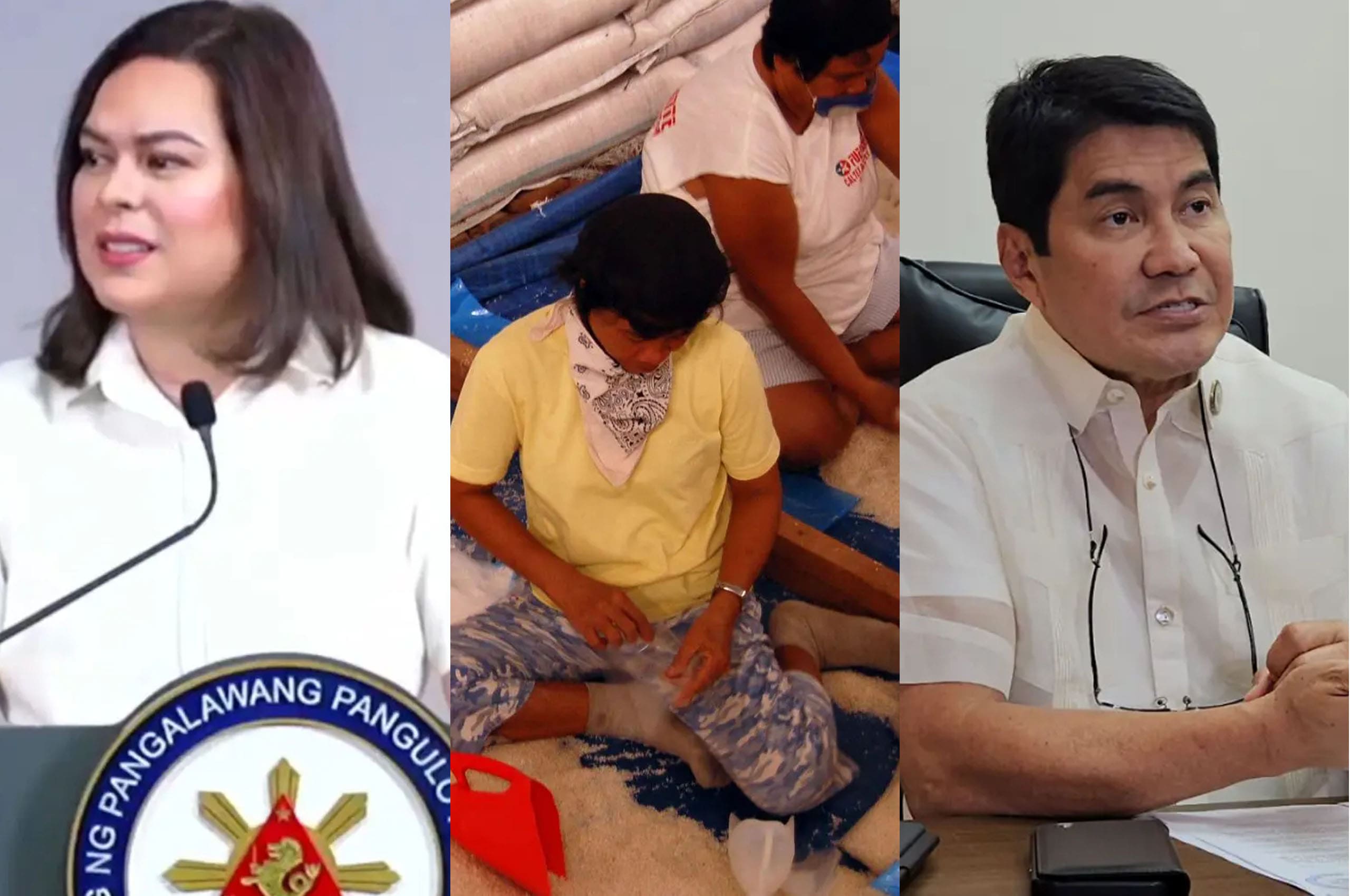Editor’s note: This story has been updated to include new details on the impeachment proceedings against Vice President Sara Duterte, in which 215 out of 316 members of the House endorsed her impeachment trial at the Senate.
On Friday, January 31, various civil society groups convened at the EDSA People Power Shrine in Quezon City to call on the impeachment of Vice President Sara Duterte. The protests were joined by families of the victims of Rodrigo Duterte’s war on drugs, religious leaders, members of democratic coalition Tindig Pilipinas, and members of progressive Akbayan Partylist, among many others. Akbayan estimates that around 10,000 were in attendance, but police said that as of 11 AM that day, there were only around 4,000.
In December 2024, Duterte was hit with three impeachment complaints. Civic groups, Catholic church leaders, lawyers, and former lawmakers cited a number of reasons for taking to the House of Representatives to file their complaints: betrayal of public trust, graft and corruption, plunder, malversation of public funds, bribery, and culpable violation of the Constitution.
The calls for Duterte’s impeachment follow the House’s probe into the alleged misuse of confidential funds by the Office of the Vice President (OVP) and the Department of Education (DepEd) during her tenure as education secretary. Special disbursing officers under the OVP and DepEd revealed in a hearing that they gave P112.5 million to P120 million in weekly tranches to officers of the Vice Presidential Security and Protection Group, Colonel Dennis Nolasco and Colonel Raymund Dante Lachica.

For a while, it seemed that Duterte was off the hook. Manila Representative Bienvenido Abante Jr. admitted that the House of Representatives is not ready to tackle the complaints. Congress will adjourn on February 8 to make way for the election period, which Abante says is not enough time for impeachment proceedings.
But on the afternoon of Wednesday, February 5 — in a shocking turn of events — Secretary General Reginald Velasco confirmed that 215 out of 316 members of the House endorsed a fourth impeachment complaint, paving the way for an impeachment trial at the Senate. Abante’s concern that there may not be enough time to proceed with the impeachment still stands.
So what’s next for VP Sara Duterte?
Here’s how impeachments proceed, as prescribed by Article XI, Section 3 of the 1987 Constitution.
The Impeachment Process
It’s important to clarify that while “impeachment” is often used to refer to the entire process of removing someone from office, it formally refers to the proceedings done in the House of Representatives.
Who can file an impeachment complaint? A citizen or a member of the House must first file a complaint, which should be endorsed by another House member.
How is an impeachment complaint processed? The complaint should be included in the Order of Business within 10 session days, and then referred to the House Committee on Justice three days after. The committee should then hold a hearing and, after a majority vote to proceed, submit its report and a corresponding resolution to the House Plenary within 60 session days after the referral. The House Plenary should calendar the resolution for consideration within another 10 session days.
How many Congress and Senate votes does it take to impeach an official? The House only needs a one-third vote to pass the Articles of Impeachment, after which the Senate can proceed with a trial. To impeach an official, the Senate needs a two-thirds vote.
If impeached, what happens to the public official? While the Senate’s judgment is limited to removal from office and disqualification to hold any office, the impeached party can still be liable and subject to prosecution, trial, and punishment according to law.
What happens if a complaint is unsuccessful? If a vote fails in any part of the proceedings, the official cannot be subject to another impeachment complaint for one calendar year.
What are some successful impeachments in recent history? An official may be impeached without being removed from office, as in the case of former President Joseph Estrada, whose Senate trial was aborted. Estrada only stepped down after pressure from the people through the Second People Power Revolution. Former Ombudsman Merceditas Gutierrez in 2011 and Former Comelec Chairman Andres Bautista in 2017 were also impeached, but resigned before reaching Senate trials.
Former Chief Justice Renato Corona was impeached by the House and convicted and removed from office by the Senate in 2012, on the grounds that he failed to disclose his financial assets as required by the Constitution. This remains the only case in the country’s history in which an official was both impeached and removed from office.
In the Philippine Senate, 20 out of 24 seats belong to the majority bloc, while the remaining four are equally divided between minority and independent senators. In the House of Representatives, 282 out of 316 seats belong to the majority bloc.
The above numbers make it easy to doubt that there is accountability and representation within the legislature. The opposition is far outnumbered by members of ruling parties and allies of our top-level officials. Because of this, calls for accountability within the government are brushed aside in the name of peace and unity.
Peace and unity, however, are not as instrumental to a good democracy as checks and balances are. The impeachment process is enshrined in the Constitution for this reason.





